
Portuguese cuisine is gaining recognition worldwide, and Sintra offers a diverse culinary scene reflective of the country's rich gastronomic heritage. Dining out in Portugal, particularly in Sintra, promises a delightful experience, with an array of flavours to savour. The key to Portuguese cooking lies in its use of premium, fresh ingredients. Whether you opt for establishments adhering strictly to traditional recipes or those pioneering innovative dishes, you're guaranteed a satisfying meal. Portuguese hospitality shines through generous portions, matched only by the warm smiles of the hospitable waitstaff.
In a country blessed with an extensive coastline and a rich maritime history like Portugal, seafood holds a special place in its culinary culture. Along the shores of Sintra, Atlantic currents deliver an abundance of fish like bass and bream, while coves and inlets offer shelter to various seafood delicacies, including the prized Goose Barnacle, known locally as Percebes. Harvested from cliffs amid the crashing Atlantic waves, Percebeiros brave perilous conditions to gather these treasures, making Sintra's coastline a prime spot for indulging in this delicacy.
For those not keen on Goose Barnacles, Sintra's numerous fish restaurants offer a plethora of alternatives. From simply grilled catch-of-the-day served with lemon and sea salt to hearty fish stews like the iconic Cataplana, there's something to please every palate. Grilled Sardines (Sardinhas Assadas) are a seasonal delight during June's Santo António festivities, while dishes like Amêijoas à Bulhão Pato (clams in garlic-coriander-wine sauce) provide a flavourful option for lazy afternoons. Additionally, classics like Bacalhau (dried salted cod) are celebrated in various preparations, showcasing Portugal's enduring love affair with this versatile ingredient.
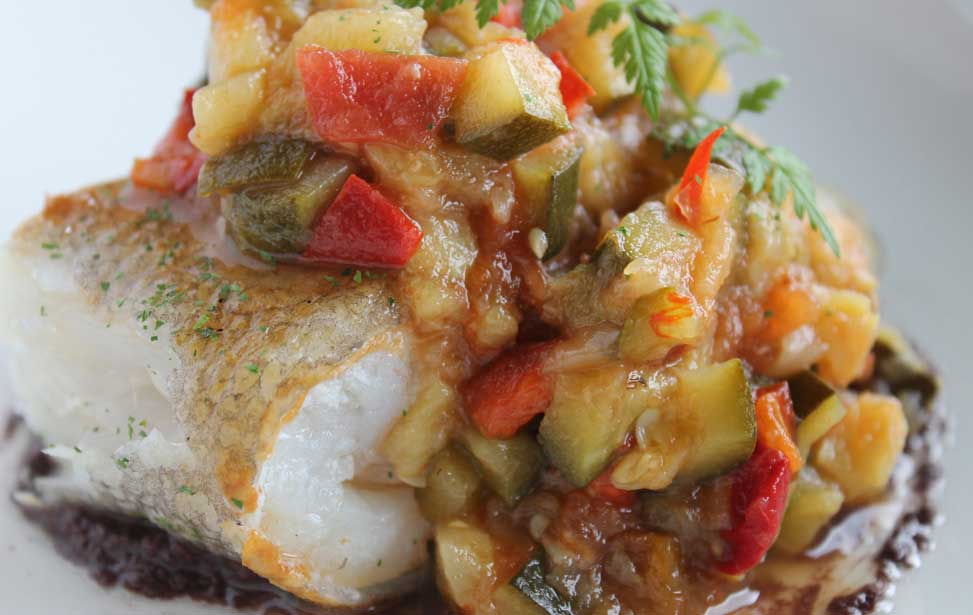
Bacalhau
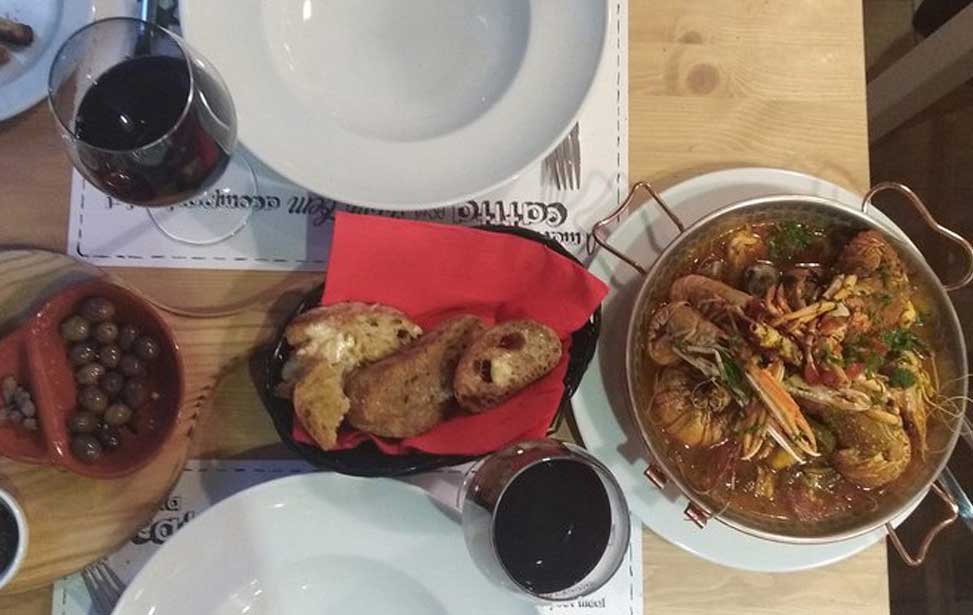
Visit Sintra by private car in the best company, with free time to get to know a more romantic Portuguese village. Enjoy wine tasting at the Adega Cooperativa De Colares, the oldest in the country, just 20 minutes from Sintra. You will taste regional wines and also visit the winery and bottling area for Sintra wines, as well as the beach and clay soil vineyards. After the wine tasting, we will visit Cabo da Roca, the most westerly point in Europe. Hotel transfer included.
Check Availability
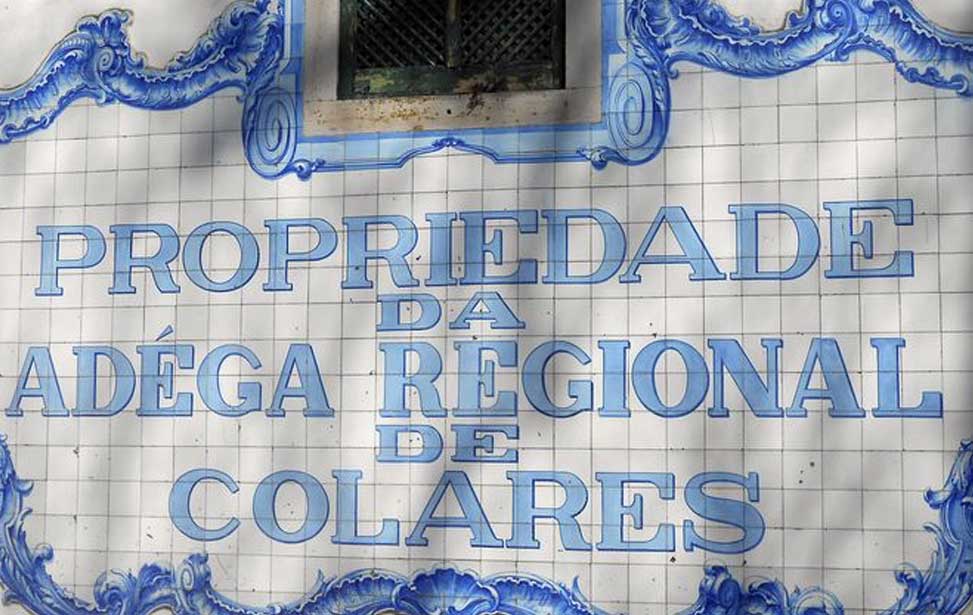
Come and visit the beautiful wine house in Colares, Adéga Regional de Colares and enjoy a few tastings. The building itself is impressive. The interior is dazzling by the size and number of casks it houses. This is where the magic happens, where the wine ages in wood casks, giving the wine its unique flavour so characteristic in this area of Portugal. Later, you will connect with nature. You may choose between a restaurant by the sea or a picnic in the beautiful woods of Sintra. We offer three different restaurant options for you to choose from.
Check Availability
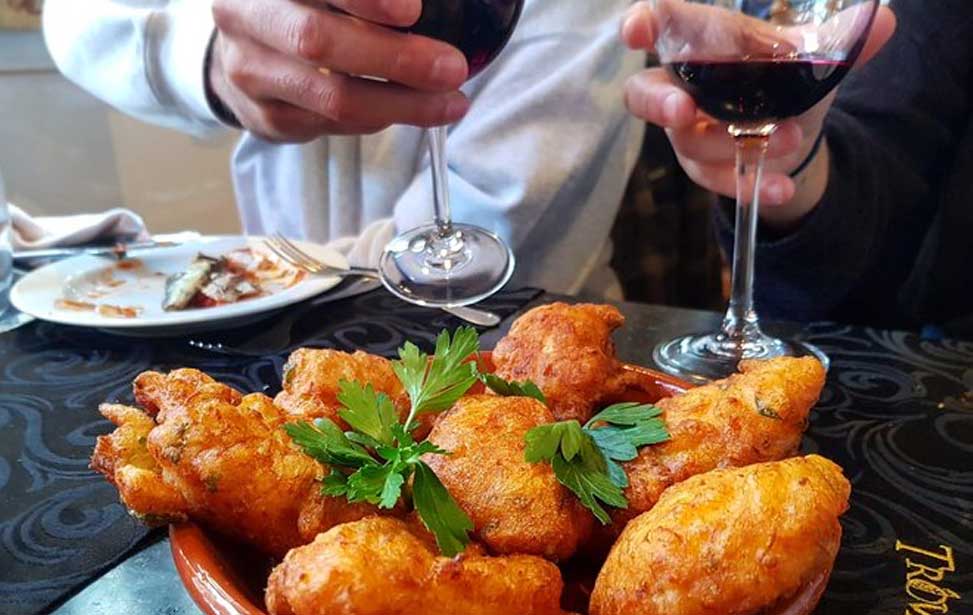
This gastronomical experience will take to your table the best traditions from main courses to local pastries and ending with Port Wine tasting.
This experience gets even better as it will be guided by a local and expert guide, who will let you in on all the history and traditions of Portuguese cuisine, as well as everything you need to know about Sintra! No need for you to worry about how to get to us. We will pick you up and drop you off at your accommodation. Just sit back and enjoy the best Portugal has to offer.
Check Availability
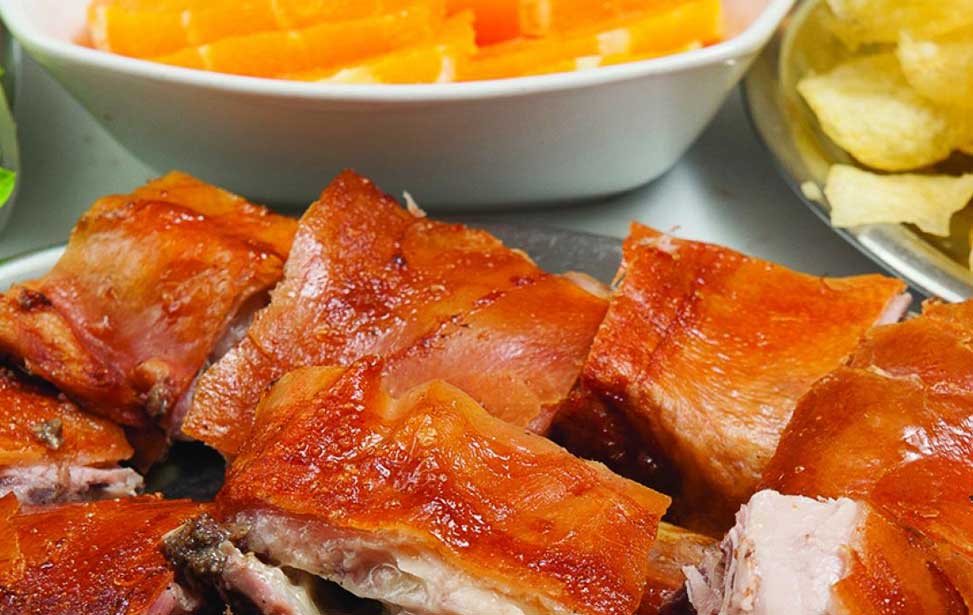
Leitão
Portuguese cuisine offers a diverse range of meat and poultry dishes, satisfying every palate with hearty flavours. Steak enthusiasts will delight in the variety of beef and veal options typically found on menus. Pork takes centre stage in many dishes, with specialities like roasted piglet (leitão) from Negrais, northeast of Sintra, leaving a lasting impression with its succulent taste.
Not to be missed is Porco Preto, featuring meat from acorn-fed black pigs native to the Alentejo region, renowned for its rich flavour. Grilled chicken with Piri-Piri sauce is a popular choice, showcasing Portugal's love of fiery flavours. Turkey (Peru), often served as steak, also makes a delectable appearance on menus.
Meat lovers can relish hearty stews like Cozido, a comforting medley of meats, sausages, and vegetables. Arroz de Pato, a delightful duck and chouriço rice dish, baked to perfection, offers a flavoursome one-pot meal. Portugal's artisanal tradition extends to fine chorizo sausages and hams, some with a Protected Designation of Origin (DOP) status, including great blood sausages. Among these, the Alheira, a smoked chicken sausage, holds a unique historical significance, originally crafted by Jews during the Inquisition to simulate pork consumption.
In Portugal, each small town boasts its own signature dessert, showcasing the country's rich culinary heritage. Belém is renowned for the famous Pastel de Nata, while Mafra is celebrated for its Fradinho and Azeitão for its delectable pies. Sintra, however, takes pride in its iconic Queijada de Sintra, a tartlet steeped in history with roots dating back to the Middle Ages. Crafted from a traditional recipe, the Queijada de Sintra features a delectable filling of curd cheese, ground almonds, egg yolks, sugar, and cinnamon, all encased in a delicate pastry shell and dusted with icing sugar. Another irresistible treat are the Travesseiros from Piriquita, a historic bakery founded in 1862. Renowned for its puff pastry pies filled with almond cream, Piriquita has become a must-visit destination for tourists exploring the delights of Sintra, now operating two bakeries within the town.

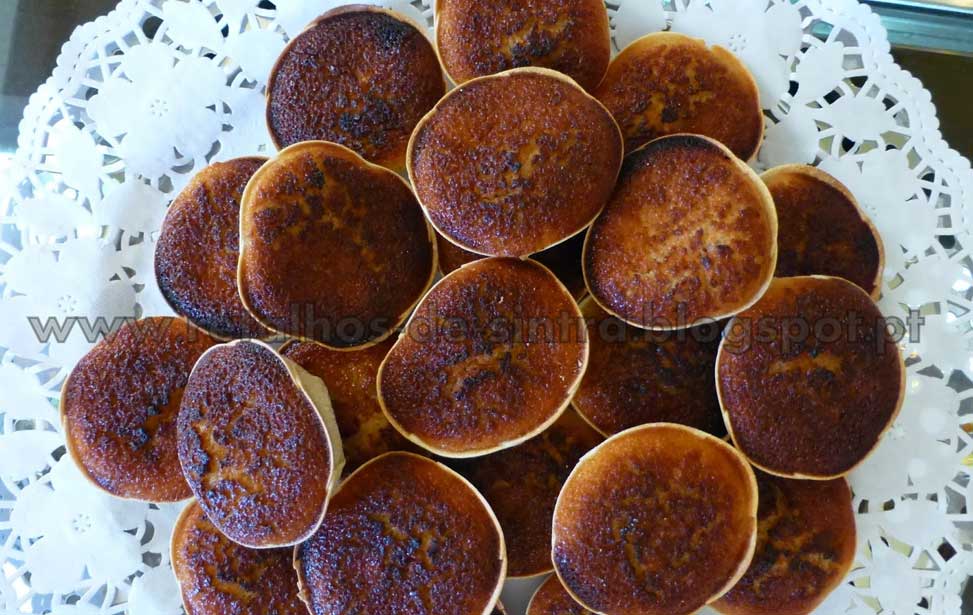
Queijada de Sintra
Colares, located around Sintra, is one of the world's oldest wine-producing regions, if not the most unusual. The Romans introduced viniculture to the area during their occupation, starting in 206 BCE. The grape vines are planted in the coastal dunes and trained low to avoid the Atlantic winds. This terrain proved too harsh for the phylloxera louse that devastated nearly all of Europe's vines in the 19th century. The shortage of competitors led to a boom in the popularity of Colares wines. However, the processes involved in planting and training vines in the sand are arduous. Production has fallen sharply in the last 50 years from 2,500 acres of vineyards in the 1940s to just 50 acres today.
The small amount produced is of excellent quality and wholly distinct. The acidic and tannic nature of the reds means they're aged for many years before being released on the market. Today there is a consorted effort to revitalise the industry, and new vines are being planted. You can savour this unique product and enjoy a fascinating insight into age-old traditions on a visit to a Colares winery. Several Colares wine producers welcome visitors and are eager to share their passion. [ More About ► ]